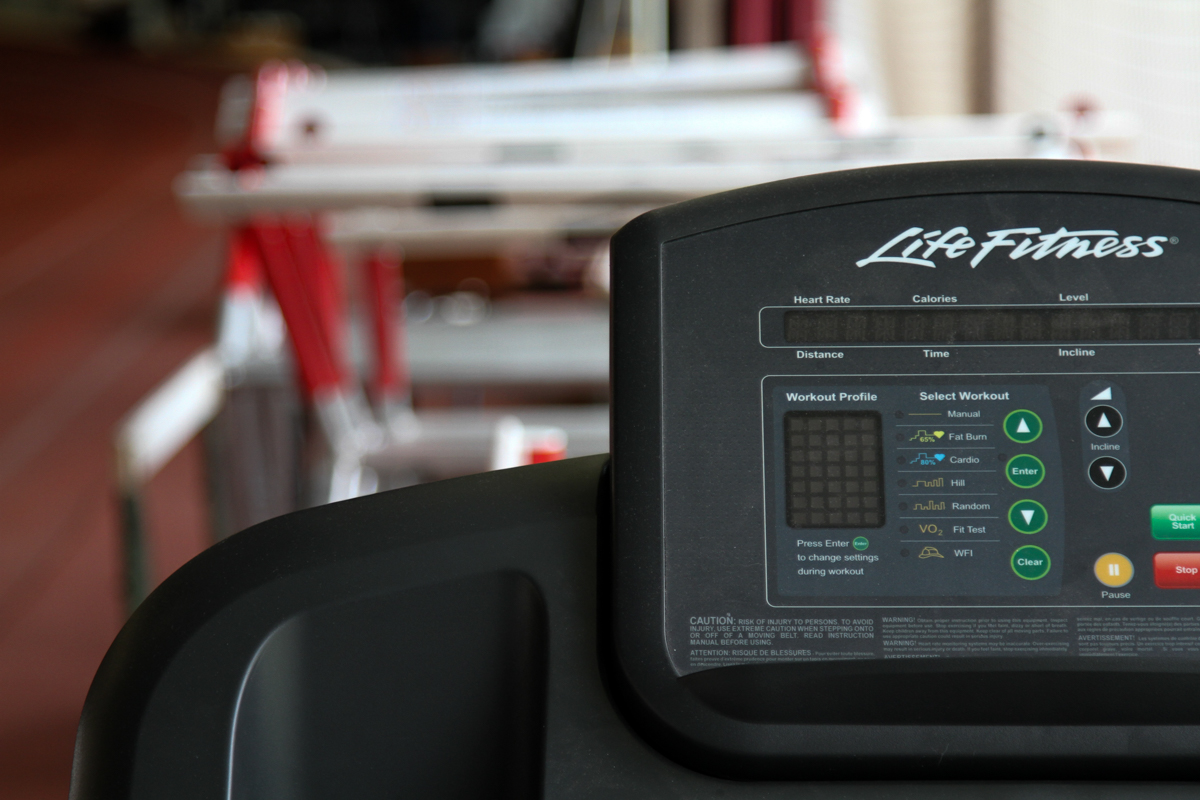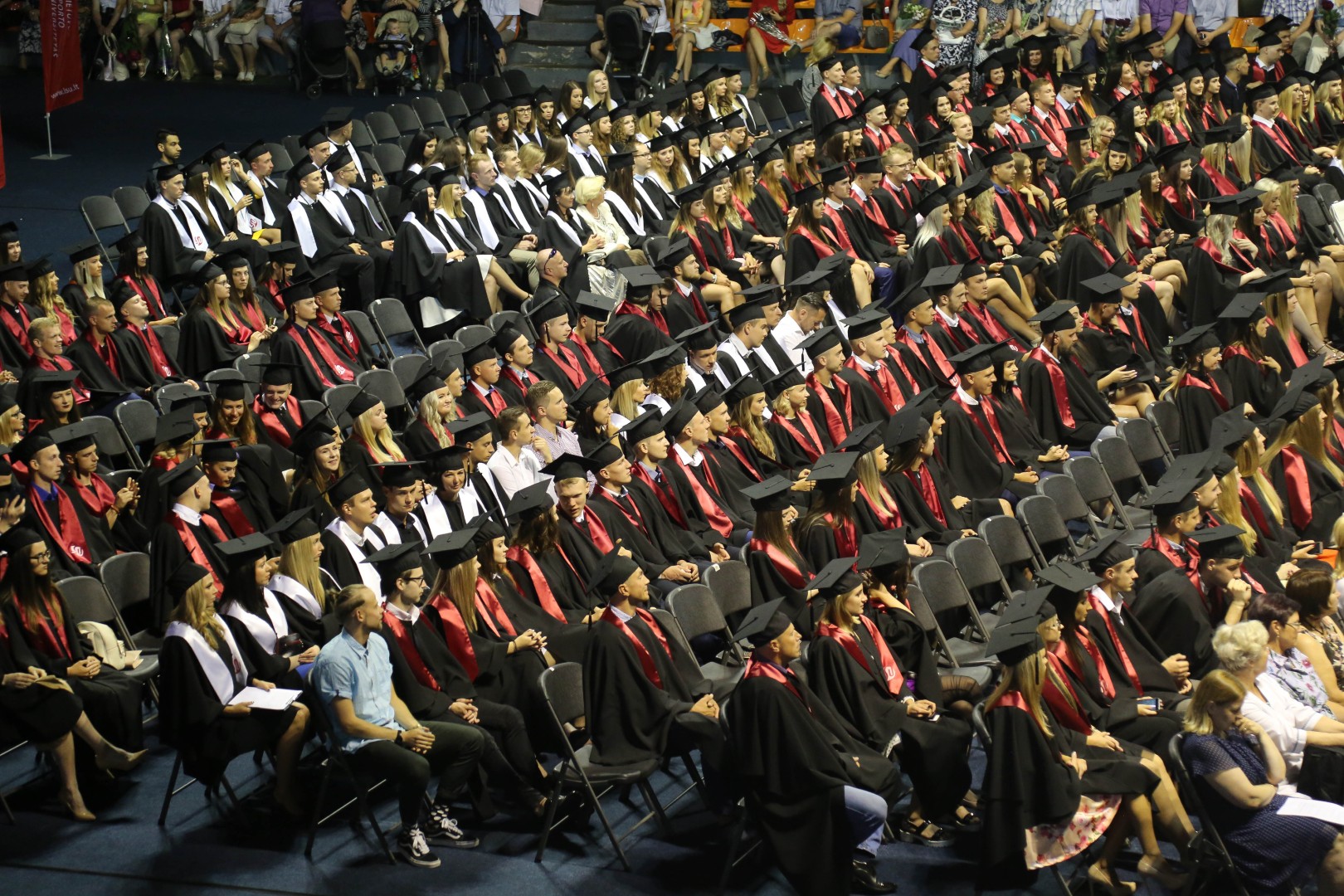Journal “Reitingai” has published the latest evaluation of Lithuanian higher education institutions. Lithuanian Sports University (LSU) was best evaluated in the categories of “Present and Future Academic Staff”, “Competition in the International Study Area” and “Students and Studies”.
According to the ranking criterion “Present and Future Academic Staff”, LSU came third of eleven state universities in Lithuania – it got 6.59 out of the possible 10 points.
The evaluation was based on:
1. The ratio of the number of teachers under 35 to all teachers. (1 point) National Agency for Education, universities
2. The ratio of Doctor of Science/ Art to all teaching staff. (3 points) National Agency for Education, universities
3. The ratio of recognized artists to all teaching staff. (1 point) Universities
4. The ratio of students who defended their dissertations in 2020 to all students enrolled in doctoral studies in 2016 (4 points) Research Council of Lithuania, National Agency for Education, universities
5. Study fields in the third cycle of studies. (1 point) Research Council of Lithuania, National Agency for Education.
According to the criterion “Competition in the International Study Area” LSU was ranked fifth out of eleven state universities in Lithuania, as it got 8.31 out of 15 points.
The evaluation was based on:
1. The ratio of the number of accredited study programs taught in a foreign language (in which students studied in 2020–2021) to all study programs (in which students studied in 2020–2021). (1 point) Universities, National Agency for Education, Centre for Quality Assessment in Higher Education
2. The ratio of accredited joint degree study programs (in which students studied in 2020–2021) compared to all accredited study programs (in which students studied in 2020–2021). (1 point) Universities, National Agency for Education
3. The ratio of the number of foreign students in undergraduate and integrated study programs studying the entire study program and pursuing a degree (in 2020–2021) to all students in undergraduate and integrated study programs. (2 points) Universities, National Agency for Education
4. The ratio of the number of second cycle and non-degree, residency students studying the entire study program and pursuing a degree (in 2020–2021) to all second cycle and non-degree, residency students. (3 points) Universities, National Agency for Education
5. The ratio of the number of foreign third-cycle students studying the entire study program and pursuing a degree (in 2020–2021) to all third-cycle students. (3 points) Universities, National Agency for Education
6. Student exchange: the ratio of students who studied abroad under the Erasmus student exchange program in 2019 to all students who studied in 2019-2020. (1 point) Education Exchanges Support Foundation
7. Student exchange: the ratio of foreign students who studied in Lithuania under the Erasmus student exchange program in 2019 to all students who studied in 2019-2020. (1 point) Education Exchanges Support Foundation
8. Academic staff exchange: the ratio of incoming academic staff under “Erasmus” academic exchange programme in 2019 to the total number of FTE academic staff of the higher education institution in 2019–2020 (1 point) National Agency for Education
9. Academic staff exchange: the ratio of incoming academic staff under “Erasmus” academic exchange programme in 2019 to the total number of FTE academic staff of the higher education institution in 2019–2020 (1 point) National Agency for Education
10. The ratio of foreign academic staff working on a permanent basis (in 2020–2021) to all the teaching staff. (1 point) Universities, National Agency for Education
According to the criterion “Students and Studies” LSU ranked eighth out of eleven state universities in Lithuania – it got 18 out of 25 points.
The evaluation was based on:
1. The ratio of the number of the most gifted graduates who passed the state maturity exams with scores from 86 to 100 and entered the university (in 2020) to all students (in 2020-2021) admitted to the first year of first cycle and integrated studies (5 points) LAMA BPO
2. The proportion of students enrolled in the first cycle and integrated study programs at the first request, compared to all students admitted (in 2020) to undergraduate study programs. (1 point) LAMA BPO
3. First-year studies: the ratio of students in the first cycle and integrated study programs in state-funded places and/ or eligible for scholarships to all students (admitted to the first year in 2020). (1 point) LAMA BPO, universities, National Agency for Education
4. The proportion of dropouts in first cycle and integrated studies compared to all students in first cycle and integrated study programs (5 points)
5. The ratio of first-year students in the second cycle and non-degree residency study programs in state-funded places and/ or eligible for scholarships to all students (admitted to the first year of the second cycle in 2020). (1 point) LAMA BPO, universities, National Agency for Education
6. The proportion of postgraduate and residency students who have terminated their studies compared to all postgraduate and residency students (5 points)
7. Third cycle (doctoral) study places (in 2020) (1 point) National Agency for Education, Research Council of Lithuania, universities
8. The proportion of doctoral students who terminated their studies compared to all doctoral students (5 points)
9. The ratio of FTE academic staff (full-time academic staff) to the number of students. (1 point) National Agency for Education, universities
The universities were evaluated on 38 different parameters, grouped into five broader criteria. In addition to the categories mentioned above, higher education institutions were also evaluated according to the criteria “Science and Arts/ Sports Activities and Achievements of Academic Staff” and “Alumni Added Value and Employer Evaluation”.
Based on the information provided in the journal “Reitingai”




